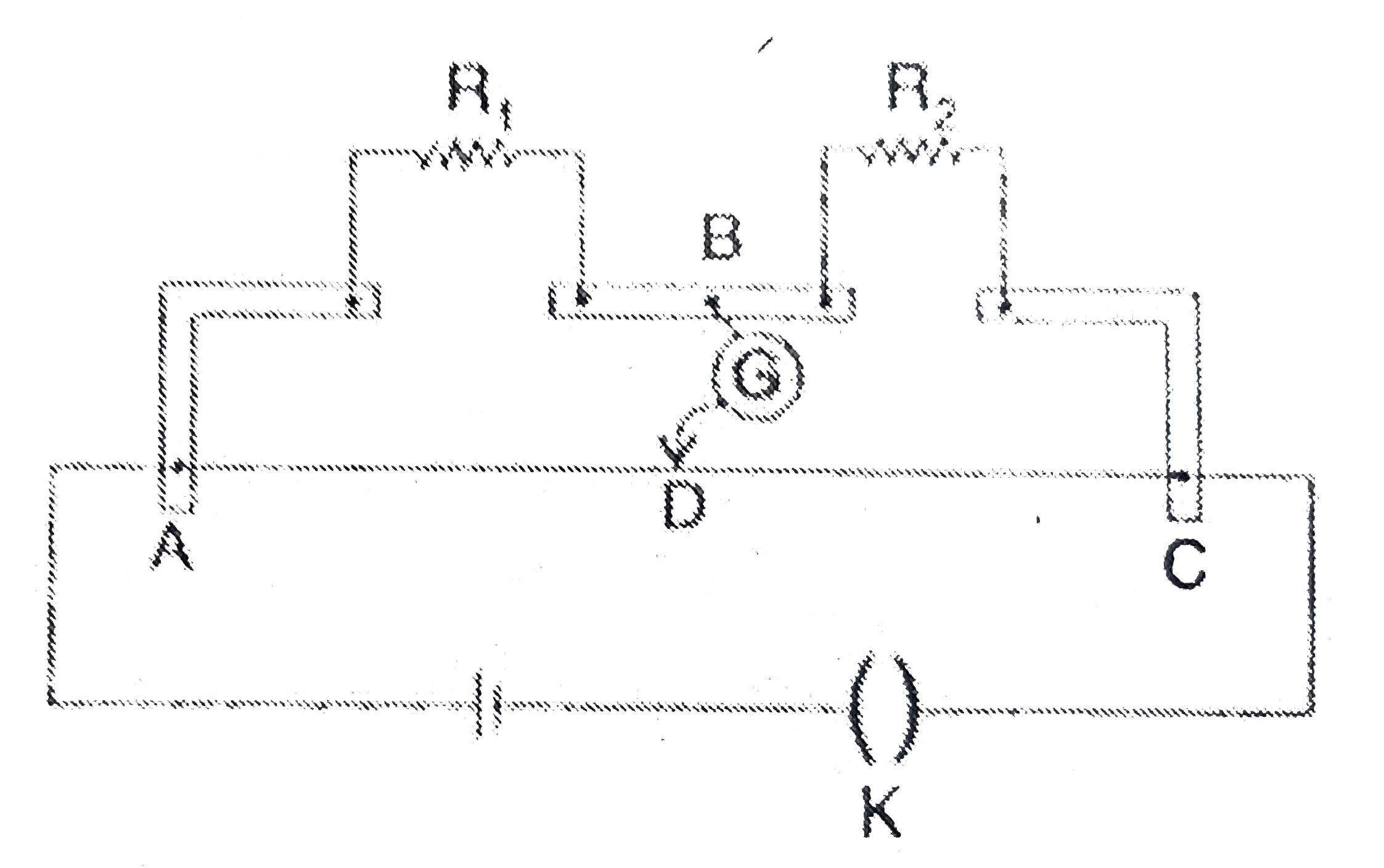(a) Describe the series of experiments of F. Griffith. Comment on the significance of the results obtained.
(b) State the contribution of Macleod, McCarty and Avery.
(a) and (b)
Topper's Solved these Questions
- BOOK - PRADEEPCHAPTER - MOLECULAR BASIS OF INHERITANCE EXERCISE - ANALYTICAL (QUESTIONS WITH ANSWERS)20videos
MOLECULAR BASIS OF INHERITANCE
- BOOK - PRADEEPCHAPTER - MOLECULAR BASIS OF INHERITANCE EXERCISE - PRACTICE QUESTIONS (Multiple Choice Questions)111videos
MOLECULAR BASIS OF INHERITANCE
- BOOK - PRADEEPCHAPTER - MOLECULAR BASIS OF INHERITANCE EXERCISE - ADDITIONAL QUESTIONS (SHORT ANSWER QUESTIONS)94videos
MOLECULAR BASIS OF INHERITANCE
- BOOK - PRADEEPCHAPTER - MICROBES IN HUMAN WELFAREEXERCISE - PRACTICE QUESTIONS (ASSERTION-REASON TYPE QUESTIONS )12videos
MICROBES IN HUMAN WELFARE
- BOOK - PRADEEPCHAPTER - ORGANISMS AND POPULATIONORGANISMS AND POPULATIONSEXERCISE - Additional Questions (Very Short Answer Questions)1videos
ORGANISMS AND POPULATIONORGANISMS AND POPULATIONS
Similar Questions
(a) Explain with the help of Griffith's experiment how the seach for genetic material was conducted and what was the conclusion drawn ?
(b) How did Macleod,Mc Carty and Avery establish the Bio-Chemical nature of the so called "genetic material" identified by Griffith in his experiment.View Solution(a) Describe the various steps of Griffith's experiment that led to the conclusion of the 'Transforming Principle'.
(b) How did the chemical nature of the 'Transforming Principle' get established ?View SolutionIn a series of experiments with Streptococcus and mice F. Griffith concluded that R-strain bacteria had been transformed. Explain.
View Solution(a) Explain Griffith's series of experiments where he witnessed transformation in bacteria he worked with.
(b) Name the scientists responsible for determining the biochemical nature of "transforming principle" in Griffith's experiments. What did they prove?View Solution(a) How did Griffith explain the transformation of R strain (no virulent) bacteria into S strain (virulent)? (b) Explain how MacLeod, Mc Carty and Avery determined the biochemical nature of the molecule responsible for transforming R strain bacteria into S strain bacteria.
View Solution(a) State Kirchhoff's rules for an electirc network. Using Kirchhoff's rules, obtain the balance condition in terms of the resistances of four arms of Wheatstone bridge.
(b) In the meter bridge experimental set up, shown in the figure, the null point 'D' is obtained at a distance of 40 cm from end A of the meter bridge wire. If a resistance of 10Ω is connected in series with R1, null point is obtained at AD=60cm. Calculate the values of R1andR2.
 View Solution
View SolutionThe velocity distribution of molecules in a beam coming out of a hole in a vessel is described by the function F(v)=Av3e−mv2/2kT, where T is the temperature of the gas in the vessel. Find the most probable values of
(a) the velocity of the molecules in the beam , compare the result obtained with the most probable velocity of the molecules in the vessel ,
(b) the kinetic energy of the molecules in the beam.View Solution(a) Explain Griffith’s series of exeeriments where he witnessed transformatio in bacteria he worked with.
(b) Name the scientists responsible for determining the biochemical nature I “transforming principle” in Griffith’s experiments. What did they prove ?View Solution(a) Hershey and Chase carried their experiment in three steps : infection, blending, centrifugation. Explain each step.
(b) Write the conclusion and interpretation of the result they obtained.View Solution(a) In Young's double slit experiment, describe briefly how bright and dark frings are obtained on the screen kept in front of a double slit. Hence obtain the expression for the fringe width.
(b) The ratio of the intensities at minima to the maxima in the Young's double slit experiment is 9 : 25. Find the ratio of the widths of the two slits.View Solution

